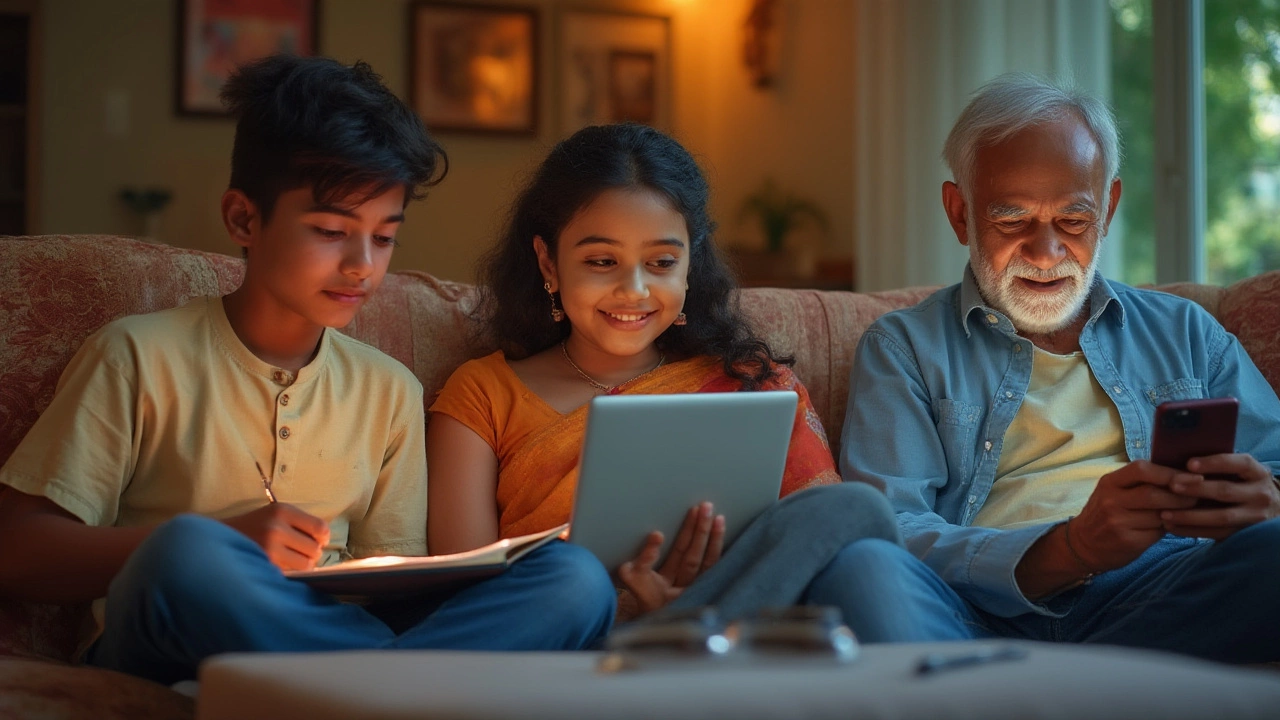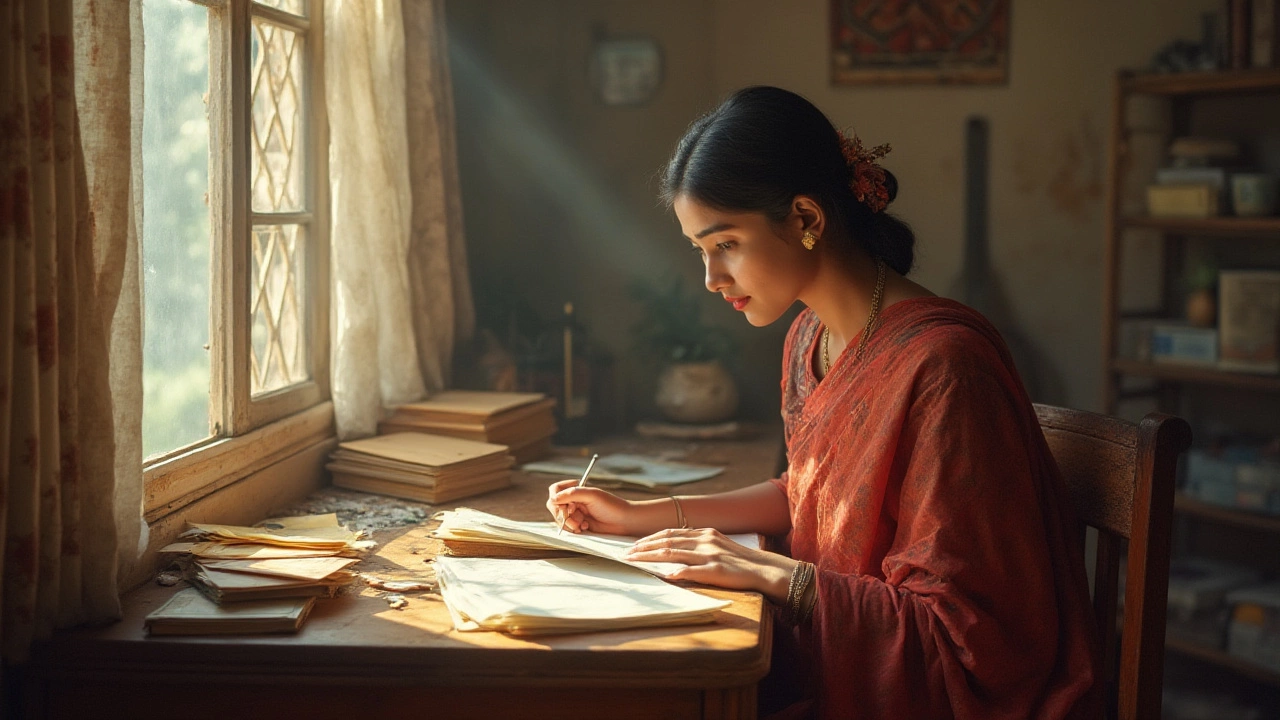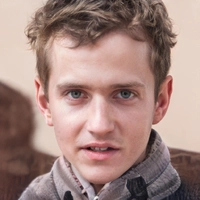If you ever joked about doing school from bed, you might be surprised to learn that distance learning is far older than the internet. Picture this: in the 1840s, a man in England mailed handwritten lessons across town to people who couldn’t make it to class. They’d send their work back, wait for weeks, then get feedback the same way. While we take Zoom calls and instant PDF uploads for granted, remote education has gone through wild changes to get where it is today. Frankly, its story is packed with quirky details and a few facts that’ll make you rethink that next online course.
Distance Learning’s Surprising Beginnings: The 19th Century
Back in 1840, Isaac Pitman, an Englishman obsessed with shorthand writing, started what’s considered the first official distance course. Pitman’s trick? He mailed out cards with his lessons on shorthand, asking students to complete the exercise and mail their work back. He’d correct them, scribble advice, and return them through post. With no internet or decent phones, this snail mail approach still built a whole following, especially among people stuck in rural spots or working long hours.
Other pioneers caught on. A few decades later, in the United States, the Chautauqua movement brought travelling lectures and mailed lessons to people who couldn’t attend college. The University of Chicago, led by President William Rainey Harper in the 1890s, was among the first major schools to offer correspondence courses, mailing lessons all over the country. Suddenly, education became something you could fit around work, family, or even farming seasons.
Which students signed up for these early courses? Single parents, rural teens, full-time laborers—people with every reason not to show up to a classroom. Postal education quickly gained the nickname “school of the people” and played an odd but important role in bringing new skills to the masses in the late 1800s. Odd fact: the University of London started giving entire degrees by correspondence as early as 1858, which pretty much makes them the original “online” university—minus the Wi-Fi.
From Radios to TVs: Distance Learning Goes High-Tech (For the Era)
Fast-forward to the 20th century, and the way people learned from a distance changed with every new gadget. When radio hit the mainstream in the 1920s, universities in the US and Australia quickly started “radio schools.” Chicago’s WLS and Wisconsin’s WHA radio stations sent lessons into thousands of homes. Imagine sitting by a crackling radio, notebook at hand, hoping you didn’t miss a key point because the dog barked.
The 1930s through the 1950s turned education into a TV show. University of Iowa started live broadcasts in 1934, and by the 1960s, New Zealand joined the movement, actually broadcasting lessons for students stuck at home due to illness or who lived too far to get to school. Fun fact: The Open University, founded in the UK in 1969, used late-night BBC programs to teach everything from philosophy to physics. They mailed textbooks, assignments, and even science kits, asking students to submit homework by post.
This period made education portable and, in some places, even entertaining (well, for the standards of the ‘50s). In New Zealand, the Correspondence School—now Te Kura—helped generations of kids living on farms and remote islands. People joke about “school by envelope,” but the difference it made was huge. Millions of students worldwide were tuning in, listening, watching, and learning in real time or on their own, much before anyone sent their first email.

The Internet Arrives: The Boom of Online Courses
Here’s where things get wild. The late 1980s saw the first experiments with computers, dial-up modems, and universities exploring “virtual classrooms.” By the mid-’90s, as the internet became more usual in homes, schools and universities realized they could skip the postal service altogether. In 1994, CALCampus in New Hampshire ran one of the first online courses using a web-based chatboard. That might sound boring now, but at the time, the idea that your teacher could answer questions almost immediately was new and, honestly, a little mind-blowing.
By 1997, the University of Phoenix had launched fully online bachelor’s degrees. Blackboard and Moodle—platforms that any teacher who’s ever struggled with a login will remember—appeared in the late ‘90s. Suddenly, you didn’t need to physically hand in your essay or mail a form. The early 2000s saw MIT put hundreds of courses online for free, leading to an explosion in self-directed learning. This was also when “MOOCs” (Massive Open Online Courses) took off, with Coursera and edX letting anyone in the world sign up for university-level content, often free or cheap.
Distance learning stopped being a last-resort option for people with no other choices. It turned into the go-to way for working adults to upskill, parents to retrain, and anyone to learn just out of curiosity. By the 2010s, about a third of all university students in the US were taking at least one class online. In New Zealand, the category exploded after the 2011 Christchurch earthquake, as schools scrambled for ways to keep classes running when buildings weren’t safe. The pandemic? That just supercharged the trend worldwide—but by then, the groundwork was already decades old.
What Works Today (And Sneaky Tips to Make the Most of Distance Learning)
After nearly 200 years, distance learning now means way more than mail, radio, or grainy TV. Today’s options include full university degrees, vocational certificates, live coding bootcamps, or bite-sized self-paced lessons. But the fundamentals haven’t really changed: flexibility, accessibility, and learning at your own pace. Here’s the thing, though—doing it well takes a few tricks.
- Find a routine. People who succeed in online education are the ones who set a daily or weekly schedule, even when no one’s checking in.
- Mix up your tools. Don’t just watch videos; join the forums, hit the quizzes, and talk to classmates. Real learning happens in those moments you don’t expect: a forum debate, a silly group project, or a late-night question that sparks a chat.
- Designate a learning space. It might be your couch or local café—what matters is having a spot where your brain knows, “now I’m in study mode.”
- Chase feedback. Sure, you can learn quietly alone, but when you hunt for teacher comments, peer reviews, or even Reddit advice, you learn way faster.
- Choose programs with strong support. The best online courses offer tutor hotlines, office hours, or live sessions. If all you get is a PDF, consider hunting for a better option.
- Remember tech is a tool, not the teacher. Apps and platforms help, but it’s your curiosity and drive that make the difference. Set small goals, reward yourself, and stay curious.
- Don’t be shy about going international. Some of today’s best distance learning programs aren’t in your home country. UK’s Open University, Australia’s RMIT, US-based Coursera—these are famous options, but local gems exist too.
The next time you sign up for a course just because you can, remember the postal students of the 1800s who had lessons dropped at the mailbox, or families huddled round a radio for class. Distance learning has always been about making education fit life, instead of forcing life to fit education. It’s gotten faster, brighter, and much more fun, but at its core, it’s still about curious people connecting across distances. If you’re trying to skill up or just learn something for fun, you’re living proof that this old idea is still going strong. And trust me, the journey’s far from over—who knows where remote learning will take us next?

